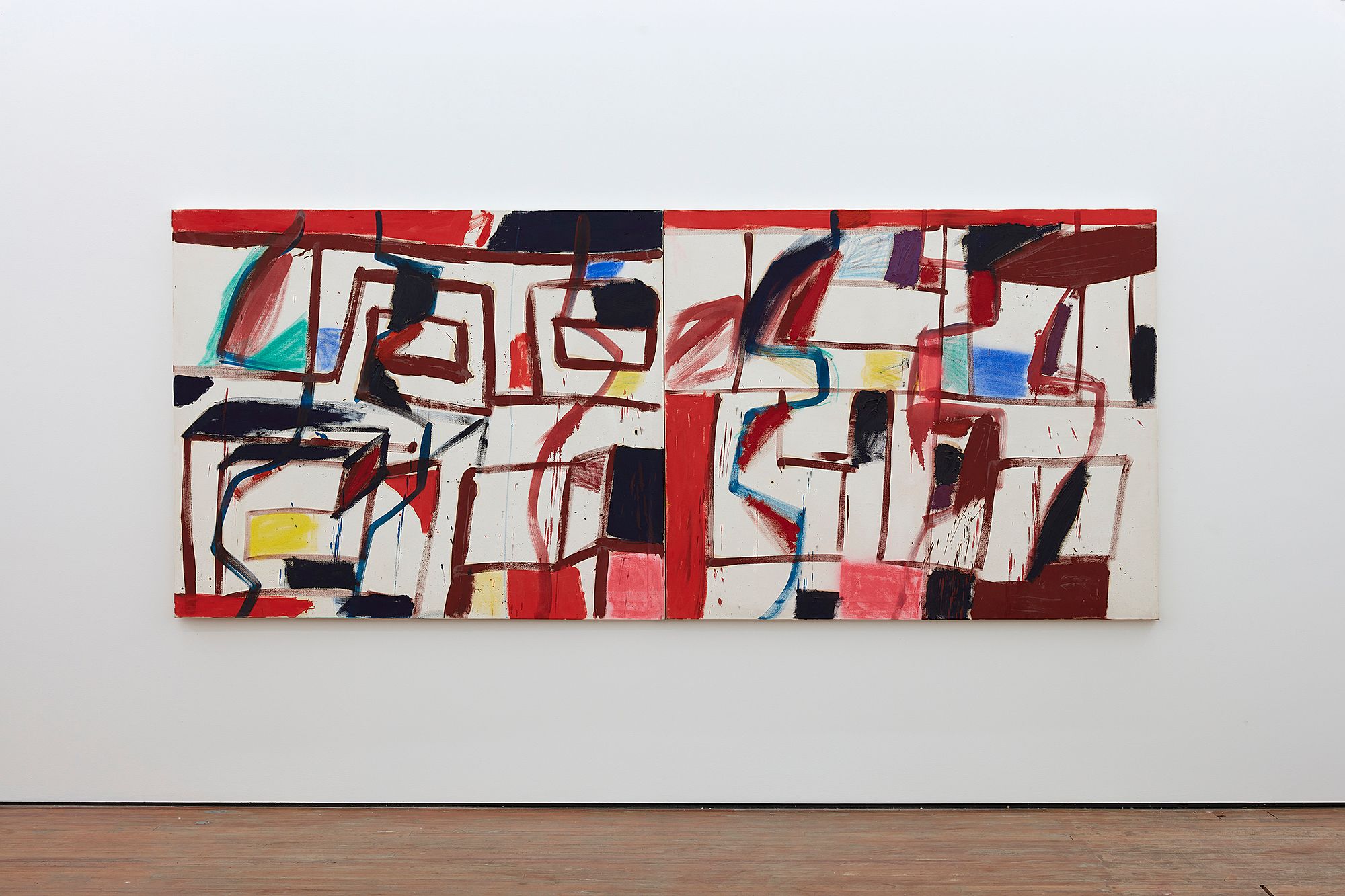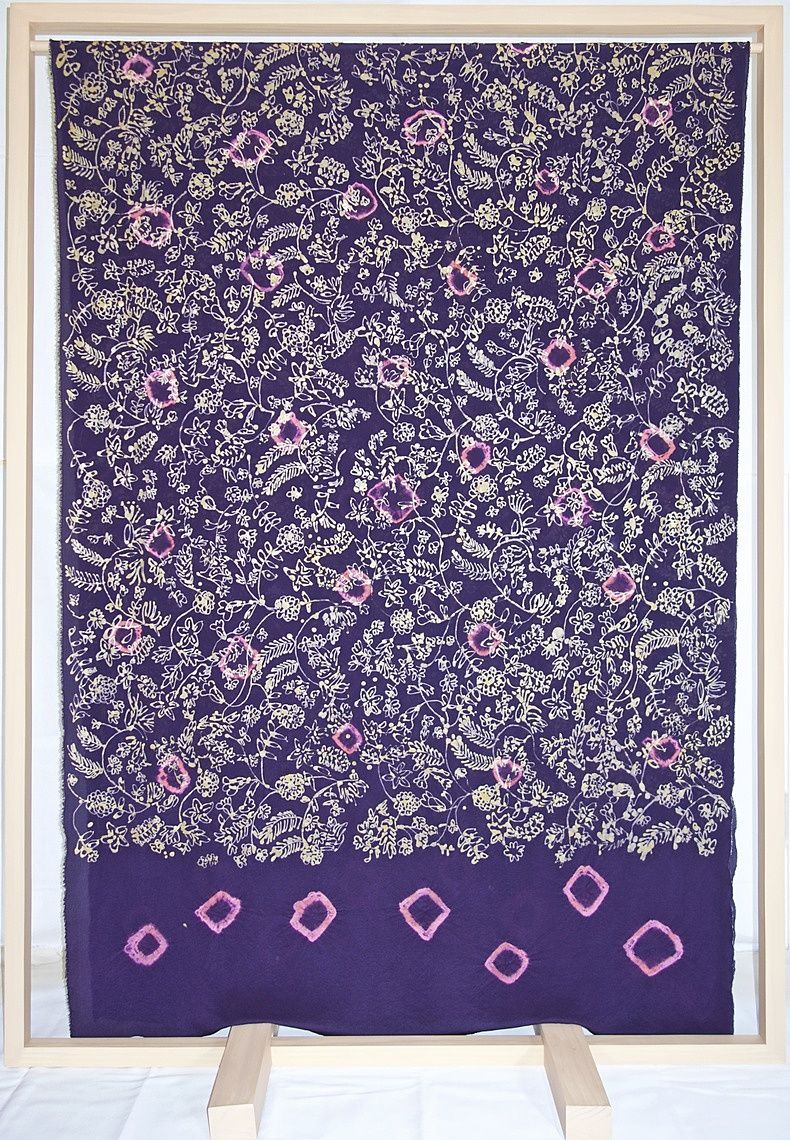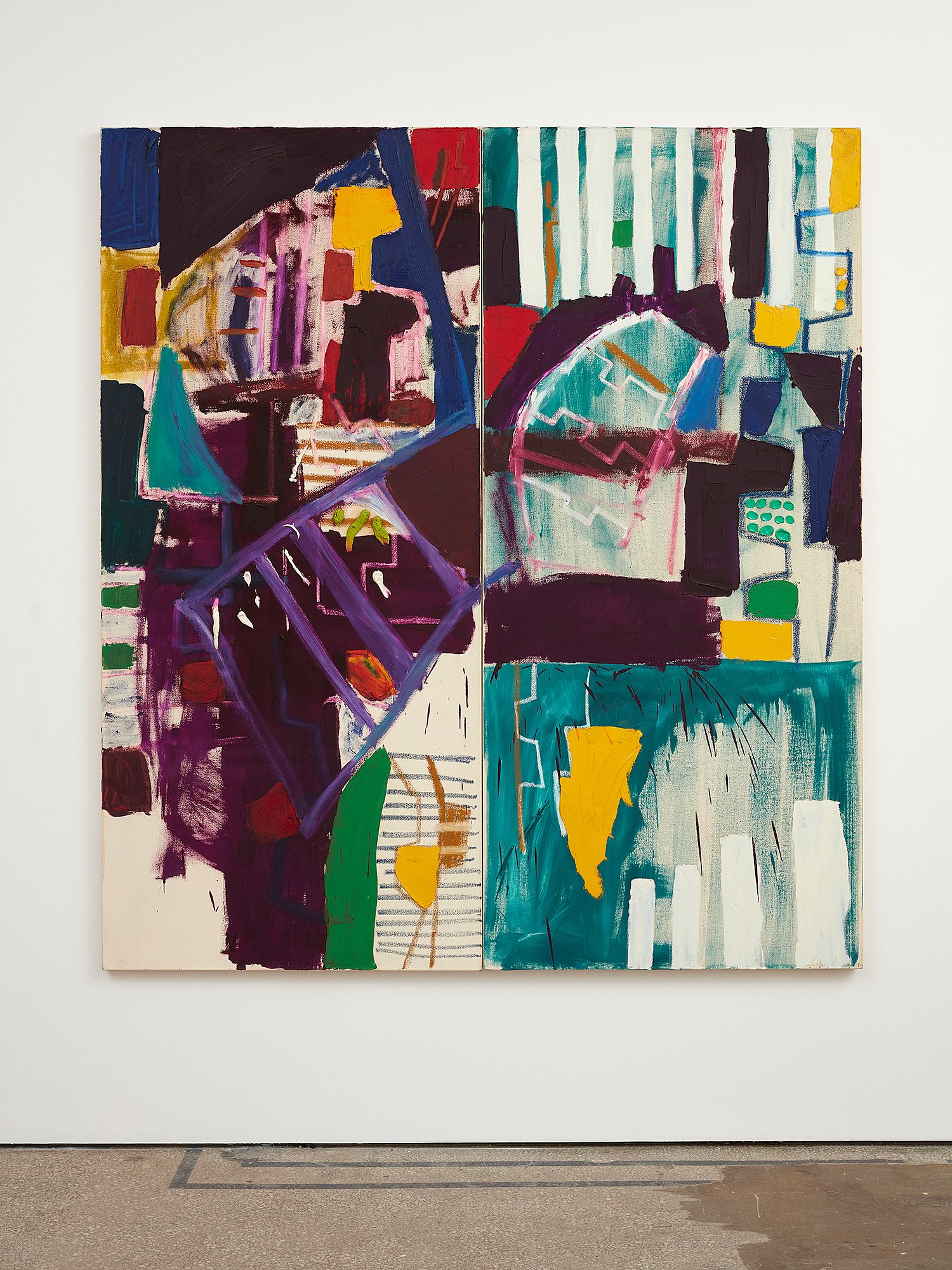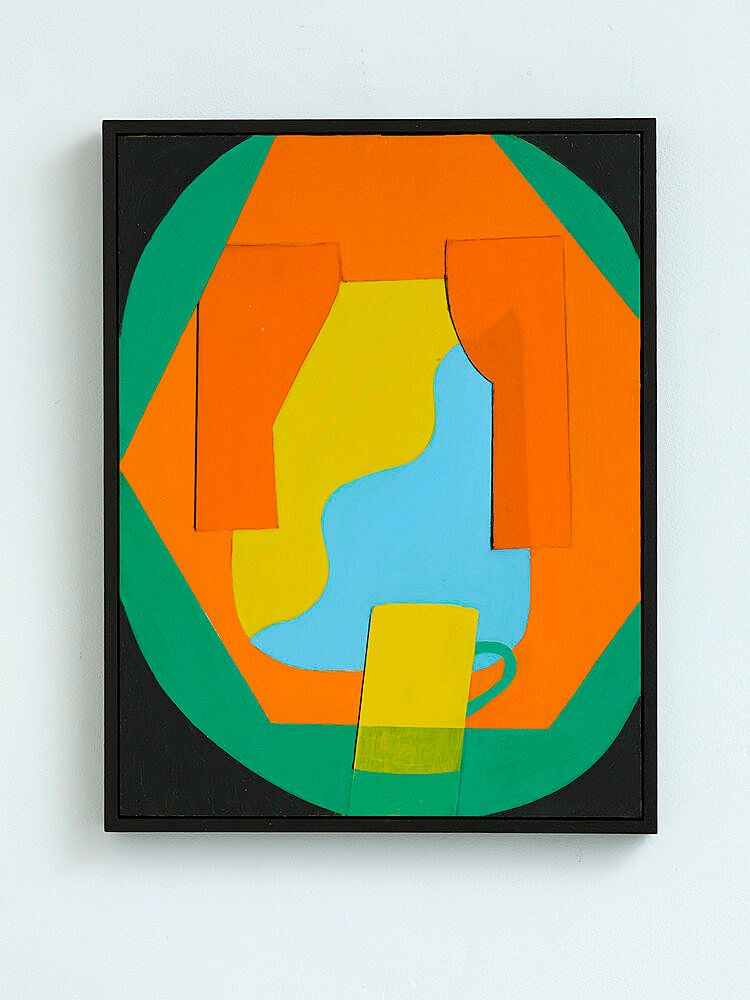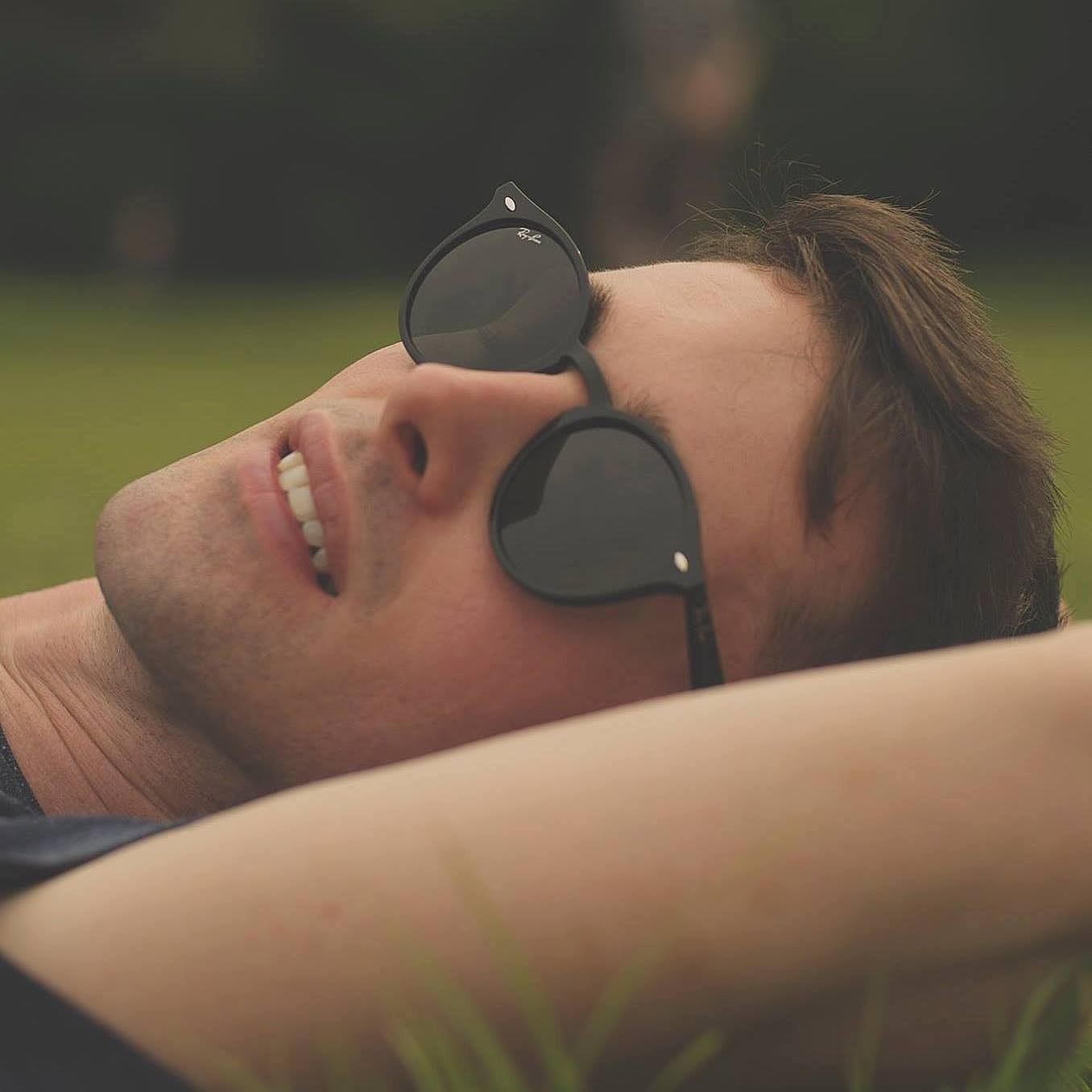The Unmissables: Three Artworks to See in July
The best art on show in the dealer galleries of Tāmaki Makaurau Auckland in July 2020.
A monthly round-up of artworks from the dealer galleries of Tāmaki Makaurau that we keep returning to.
This month’s Unmissables follows journeys of colour and abstraction, as we re-visit the 1980s paintings of the late Julian Daspher, plus recent paintings by Saskia Leek and Batik textiles by Rozana Lee.
Our team of art critics, Francis McWhannell, Natasha Matila-Smith and Vanessa Crofskey, have trawled the streets of Auckland to showcase some of the most exciting art on show.
Rozana Lee, Moonlit Night, 2020
I had a little giggle about how Melanie Roger Gallery’s latest show New Work is described as a selection of recent work by “emerging artists”. It features Sandra Bushby, who is a DocFA candidate at Elam; Tessa Laird, a well-known artist, critic and writer; and Rozana Lee, who has her MFA, and very much has an international and Aotearoa-based career. I can only assume that the term emerging is because two of the three are guest artists, not officially on the books. If they are considered emerging, then, by comparison, I feel rather inadequate. Naming aside, New Work is the most recent in a string of compelling shows, including Lilac Lemon Lime by Kirstin Carlin and the group show Ice Cream Salad. Melanie Roger Gallery champions strong and intriguing women artists time and time again, with a consistently stimulating selection of work.
I know Rozana Lee predominantly for her large-scale fabric hangings, which are very considered, always immaculately taut, supported usually by a frame or looking impossibly ironed over wooden doweling. Born in Indonesia and fourth-generation Chinese, Lee employs Indonesian Batik in her most recent works. Typically batik drawings and ornamental patterns signify a specific culture or place. In Moonlit Night and Waiting for Spring (both 2020), Lee introduces the fern motif to acknowledge her adopted home country of Aotearoa. The changes in process, patterning and materials in Lee’s work are crucial to how she contemporises this practice. Not only do these facets of batik inherently document the violent geopolitical history of Indonesia – the beeswax, the tools, the tie-dye all have historical significance – but they document the journey, geographic, culturally and socially speaking; they can also, curiously, mark a way forward. – NMS
Sandra Bushby, Tessa Laird & Rozana Lee
New Work
Melanie Roger Gallery
22 July – 22 August 2020
Julian Dashper, Bridge Under Construction, Dome Valley, 1987 Feature image (top of page): Julian Daspher, Regent, 1985.
1984–1987 by the late Julian Dashper (Aotearoa, 1960–2009) centres on drawings and paintings from the titular time span. Art New Zealand articles of the day (Virginia Were on Dashper and John Reynolds, the pseudonymous ‘Gwen Stacey’ on Dashper’s early paintings) emphasise the artist’s interest in place, one that is filtered not through the old-hat New Zealand landscape tradition but instead through bold abstraction with an international flavour. The works reflect a position Dashper would occupy throughout his career, that of incisive commentator. He identifies and explores tensions – between the local and global, the rural and urban, the individual and societal, the ‘art-world’ and ‘everyday’. References are eclectic and multifarious. Several works include skew-whiff Greek crosses that evoke Kazimir Malevich and (for the implicit spirituality) Colin McCahon, as well as the signage for a veterinary clinic in the semi-country/semi-industrial village of Silverdale, through which Dashper passed on trips to see his parents.
Regent (1985) – a monumental triptych marked by blocky, work-in-progress forms – is named for the glitzy Regent Hotel (today the Stamford Plaza). The subject recalls quintessential 1980s phenomena: the demolition/building boom, opening economic borders, big money. At the same time, the hotel was of personal significance to Dashper, being a place he hovered when moonlighting as a taxi driver. The painting is marvellously expressive. Inky splashes and brushstrokes beginning to run dry proclaim the energy of its making. It’s an all-encompassing, go-swimming-in-me work, and a valuable reminder that the ’80s was a decade not only of social tumult but also of painterly exuberance (see, too, Philippa Blair’s Shelter at OREXART, and the paintings of Allen Maddox). Dashper’s fundamental gift in this show, as elsewhere, is to marry deep sensuality with keen wit. One could write a screed on the works and barely begin to get at their magic. Better to just stand in front of them. Give them minutes not moments. Let them talk to you, tease you, make you grin and shed a wee tear – both at the same time. – FM
Julian Dashper
1984–1987
Michael Lett
14 July – 15 August 2020
Saskia Leek, Untitled #8, 2020.
I’d like to live inside painter Saskia Leek’s imagined world, one of masking-tape yellow and wavy florals. Her solo exhibition Ups at Ivan Anthony gallery presents an array of flat, painted objects within ambiguous domestic settings. The paintings feel like cut-out collages, deceptively simple and yet wonderfully populated. The careful placement of thin colours and shapes creates the appearance of protruding and extracting layers, a puzzling trompe l’oeil across dimensions as thin as newsprint. It’s calming and energising, good for the imagination.
Untitled #8 evokes warmth and pleasure, like sipping a mug of hot coffee while watching the morning waves. Much like the rest of the paintings on display, the work is empty of a human subject. Despite this, there is still a strong sense of human presence: whether it’s the viewer’s own occupation of the painting, or the feeling of hidden motion behind the stillness. Who has come in to cut and water the flowers, arrange the table and place the mug for drinking? – VC
Saskia Leek
Ups
Ivan Anthony
24 June – 18 July 2020
NZ Contemporary Art Trust
The Unmissables is presented in a partnership with the New Zealand Contemporary Art Trust, which covers the cost of paying our writers. We retain all editorial control.
